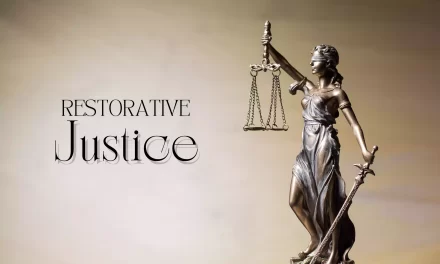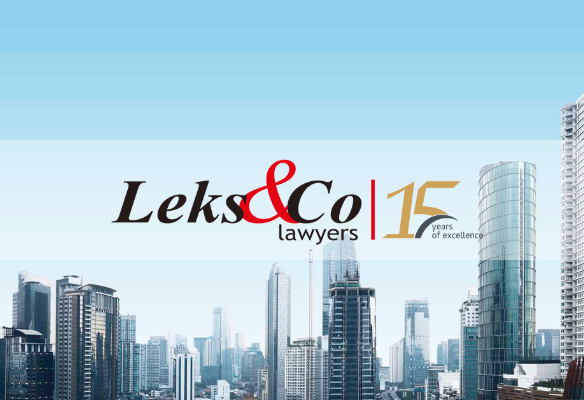Background
Ministry of Public Works and Public Housing issued new regulations, namely Ministry of Public Works and Public Housing Regulation No. 01/PRT/M of 2015 on Cultural Heritage Buildings Preserved (“Permen 01/2015”). This regulation came into force since 24 February 2015.
Permen 01/2015 is the implementing regulation of Law No. 11 Year 2010 on Cultural Heritage and Government Regulation No. 36 Year 2005 on Implementing Regulation of Law No. 28 of 2002, which specifically regulates the preservation of cultural heritage buildings.
Preserved Cultural Heritage Buildings
Cultural heritage buildings preserved is the building of cultural heritage through the efforts of its dynamic, sustained presence and value by protecting, developing, and exploiting it.
Each preserved building of cultural heritage must comply with:
a. Administrative (building status, ownership and licensing); and
b. Technical (building structure, building reliability and preservation)
Implementation of the Preserved Cultural Heritage Building
Implementation of buildings of preserved cultural heritage includes activities:
a. Preparation;
b. Technical planning;
c. Implementation;
d. Utilization; and
e. Demolition.
Organizers of preserved cultural heritage buildings are:
a. The central government, provincial government, or the district/city government in terms of heritage buildings owned by country/region
b. Building owners of cultural heritage in the form of legal entities or individual;
c.User and/or managers of buildings of cultural heritage in the form of legal entities or individuals; and
d. Service providers who are competent in the field of building.
In the operation of preserved buildings of cultural heritage must adhere to the following principles:
a. To make changes as least as possible;
b. As much as possible to maintain its genuine; and
c .Change is implemented with great caution.
Preparation
Preparatory activities are carried out through the identification and assessment phases of the proposed handling of preservation. Identification assessment is an initial study of the physical conditions in terms of architecture, structure, and utility and value of historical and archaeological heritage buildings. Proposed preservation management is in the form of recommendations, based on the results of the study of the identification of heritage buildings. The series of preservation measures in the form of cultural heritage buildings are:
a. Protection in the form of maintenance and restoration undertaken with reconstruction activities, consolidation, rehabilitation and restoration;
b. Development in the form of revitalization and adaptation; and/or
c. Utilization.
Technical Planning
Technical planning of preserved buildings of cultural heritage refers to the spatial plan regency/municipality and a detailed plan that is conducted in stages;
1. Document preparation of protection technical plan of the building cultural heritage, may contain:
a. Historical records;
b. Photos, pictures, measurement results, notes, and video;
c. Description and analysis of the existing conditions (existing) and the inventory of damage to the building and its environment;
d. Proposed preservation management;
e. Technical plan drawing;
f. Calculation of construction, mechanical electrical, plumbing;
g. Budget plan; and
h. Work plans and its terms.
2. Document preparation of technical plans of development and utilization of cultural heritage buildings in accordance with the assigned functions;
a. Potential value;
b. Information and promotion;
c. Use plan;
d. Technical plan on preservation action; and
e. Maintenance plan, repair, periodic inspection.
Implementation
Implementation of preserved cultural heritage buildings is carried out according to plan documents of technical protection and/or technical plan development and utilization which was approved by the district/city, the provincial government of Jakarta, or the Minister for buildings of cultural heritage with special functions, based on considerations by expert on building cultural heritage.
Implementation of preserved cultural heritage buildings that will change the shape and physical characteristics of the building may be carried out after obtaining the Building Construction License (“IMB”) or amend the IMB issued by the district/city, the provincial government of Jakarta, or the Minister for buildings cultural heritage with special functions.
Any person who intentionally prevents, hinders, or frustrates preservation efforts may be sanctioned in accordance with the provisions of the regulation on cultural heritage.
Utilization
Preserved cultural heritage buildings should be utilized and maintained with regard to the technical requirements of the building and preservation requirements, maintenance and periodic inspection. The owners, users and/or managers must report to district/city government, the provincial government of Jakarta, or the Minister for buildings of cultural heritage with a special function in the event of changes in the function.
Demolition
Demolition of cultural heritage buildings may be conducted if its status as a cultural heritage building has been removed and there is damage to building structures that cannot be repaired anymore and endanger the user, society, and environment.
Granting of Compensation, Incentives and Disincentives
District/city government, the provincial government of Jakarta, or the Minister for cultural heritage buildings with special functions may provide compensation, incentives and/or disincentives to the owner, user and/or managers of buildings of cultural heritage is preserved to encourage conservation efforts.
Implementation of the compensation that comes from district/city government, the provincial government of Jakarta, or the Minister for cultural heritage buildings with special functions may be returned for money and/or power assistance and/or support materials as partial reimbursement of the cost of preservation to owners, users and/or managers of preserved cultural heritage buildings.
Implementation of incentives may be through advocacy, assistance and other aid is non-budgeter.
In the case of non-budgeter other aid may be;
a.Land and Building Tax (PBB) waivers which may be given to owners and/or managers of buildings of cultural heritage, after the implementation of preservation;
b.Reduction of building retribution and services;
c.Ease of building permit;
d.Additional Building Floor Coefficient (KLB); and/or
e.Additional Building Ground Coefficient (KDB).
Implementation of disincentive may be through;
a.The imposition of an obligation to pay compensation improvements heritage building by the owner/manager of the building to the district/city government, the provincial government of Jakarta, or the Minister for buildings of cultural heritage with special functions; and/or
b.Limitation on the utilization of cultural heritage buildings.
- If you have any queries about this article, you can contact us at query@lekslawyer.com






